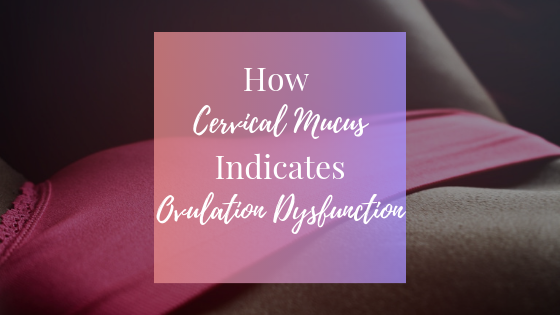Page Contents
Why Track Cervical Mucus?
Your cervical mucus indicates more than just your fertility. Cervical mucus can indicate issues with hormonal imbalance, and ovulation dysfunction. Hormonal imbalance and ovulation dysfunction can decrease fertility and be the cause of reproductive health issues. Taking the time to track your cervical mucus can provide insightful clues as to what is going on with your reproductive health and help you find solutions.
The Role of Cervical Mucus
Cervical mucus is a fluid that is secreted by glands in your cervix. It is responsible for protecting, cleansing, and lubricating the vagina as well as preventing infection. It is also responsible for assisting with the conception process. Fertile cervical fluid encourages sperm penetration and guides sperm into the cervix for fertilization. It is also responsible for creating a more alkaline environment and providing nutrition to sperm to encourage survival.
Depending on hormone levels and what phase of your monthly cycle you are in will determine the role of cervical fluid in your body. On average you can produce 20 to 60 milligrams of cervical mucus on a daily basis and up to 700 milligrams of cervical fluid during ovulation.

Different Types of Cervical Mucus
The amount and type of cervical fluid you have are determined by estrogen and progesterone levels. Higher levels of estrogen will result in more fertile cervical mucus. Whereas elevated levels of progesterone will cause cervical mucus to dry up and leads to a decrease in fertility. At different stages, during your monthly cycle, you will notice specific types of cervical fluid as well as vaginal sensations.
Dry & Damp
Immediately following your period you’ll experience little to no cervical fluid. You will also experience a dry, damp sensation that is present until estrogen production increases. If you notice this type of cervical mucus on a regular basis during your monthly cycle this could indicate an issue with estrogen production. Which could be linked to ovulation dysfunction and decreased fertility.
Sticky, Damp & Creamy
As you progress into your menstrual cycle estrogen begins to increase which causes more cervical fluid to be produced. This results in a sticky, cloudy, thin fluid to become present. Which is present pre-ovulation and indicates the beginning of the fertile phase. Vaginal sensations that are common during this phase include a wet or moist sensation.
Egg White, Stretchy, Watery
Rising estrogen levels during the later stages of the follicular phase will cause cervical fluid to become watery, thin and slippery. An increased wet sensation accompanied with egg white discharge that is stretchy, clear and watery signal peak fertility. Experiencing this type of fertile mucus indicates that you have ovulated. If trying to conceive this would be the optimal time to do so. Not experiencing this type of fertile mucus during your monthly cycle can indicate anovulation or ovulation dysfunction.

Ovulation Dysfunction & Cervical Mucus
When it comes to ovulation dysfunction and hormonal imbalances your body will fail to produce fertile cervical fluid. As you track and monitor your mucus you should see a steady change in your cervical mucus during your monthly cycle. If you are experiencing dry or sticky glue-like cervical mucus throughout your cycle this is an indication that you didn’t ovulate. Other common symptoms include experiencing a shorter luteal phase, irregular periods, and irregular cycles.
Typically you will find that the luteal phase is 12-14 days. Although, luteal phase length can vary between 11-17 days. If you are experiencing a short luteal phase that is 10 days or less this is signaling an issue. Not having a regular period each month is another indicator that you are not ovulating properly. This is commonly noticed when you evaluate the length and regularity of your monthly cycle. If you notice your cycles vary from month to month and experience cycles that are shorter than 21 days or longer than 36 days ovulation dysfunction could be to blame.
 About the Author
About the Author
Hi, my name is Kathleen but you can call me Kat. I’m a health and wellness professional turned freelance writer and content creator. You can find me on YouTube and Instagram. If you take the opportunity to visit me on my other platforms don’t hesitate to leave a message, I would love to hear from you!
Subscribe!
Get updates delivered directly to your inbox!
[gravityform id=”1″ title=”false” description=”true”]






